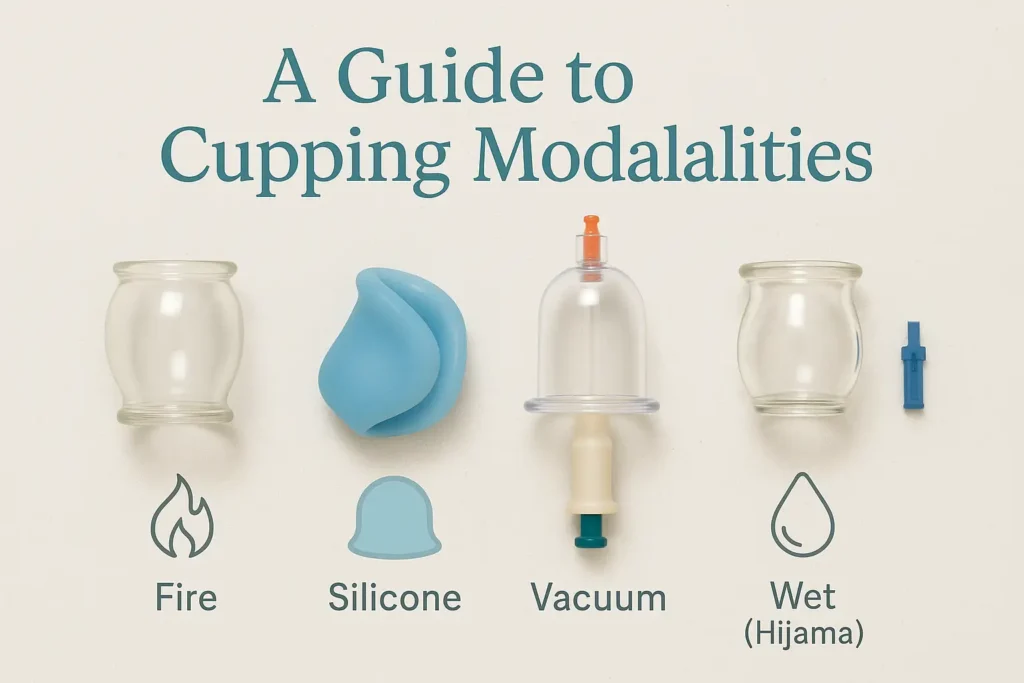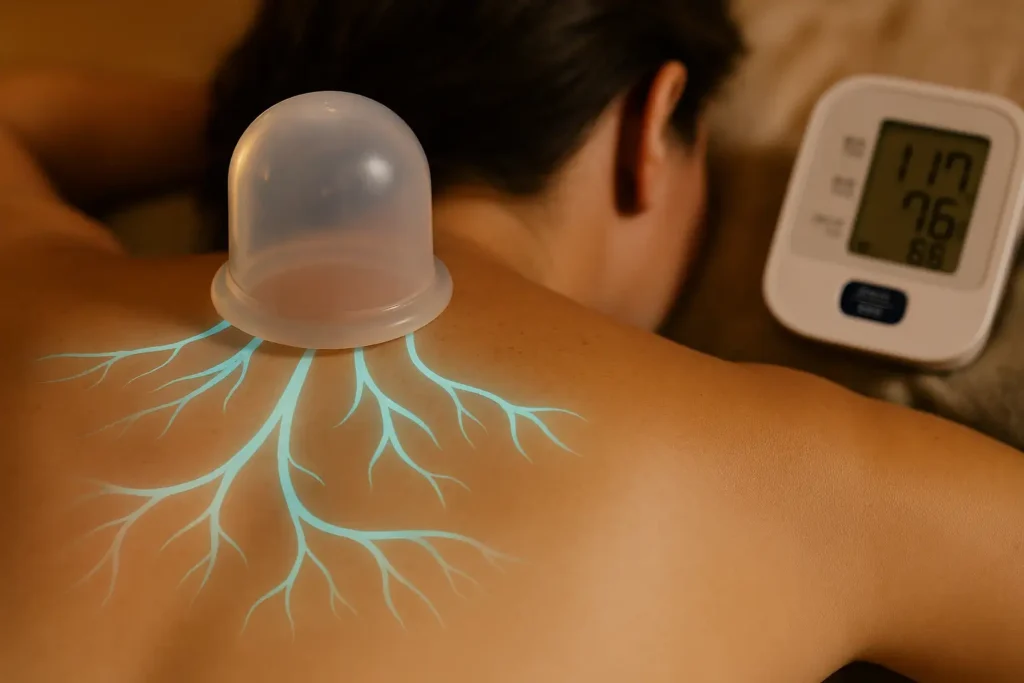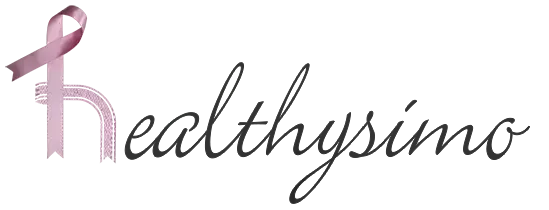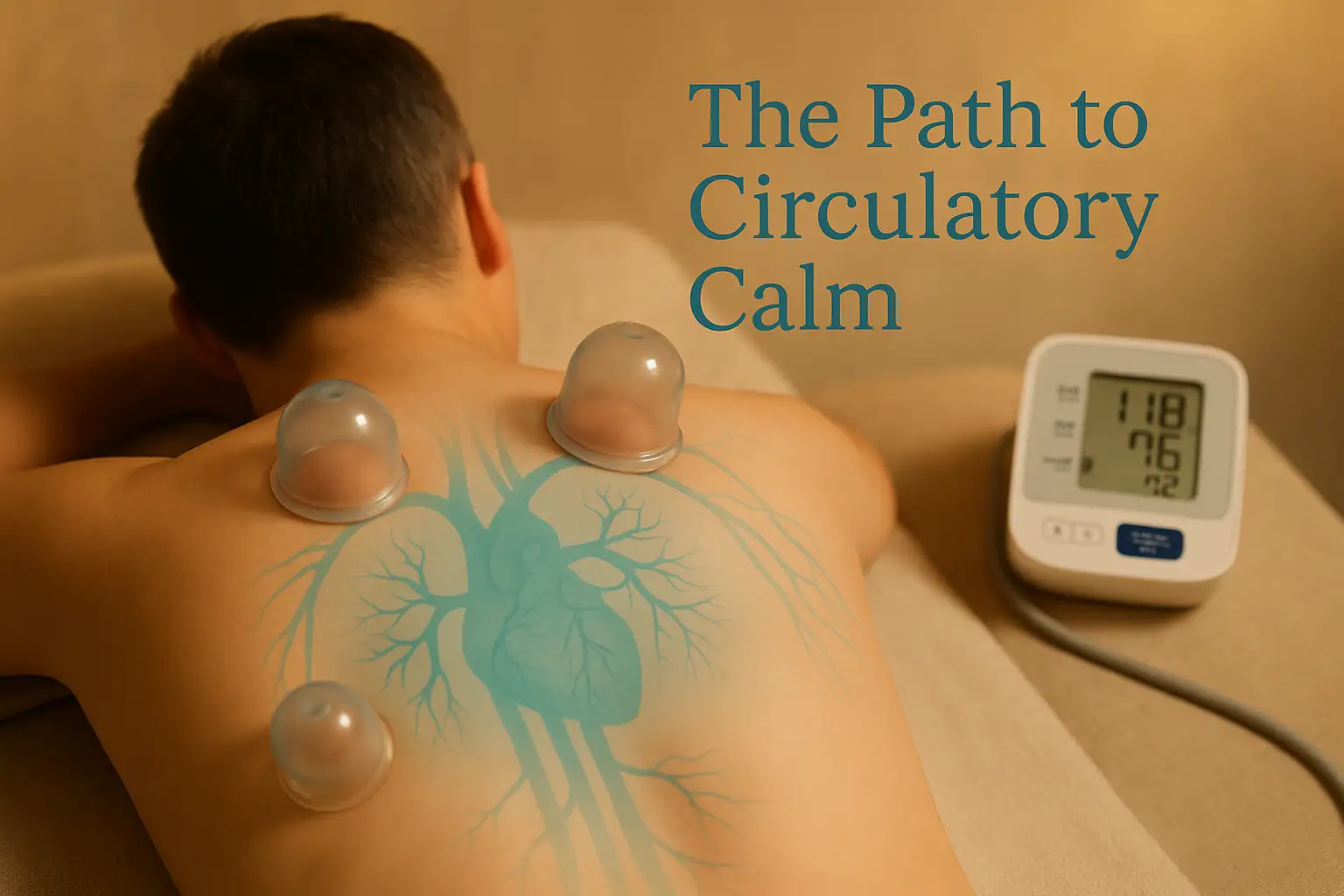In the realm of alternative therapies, cupping stands out as a unique and ancient practice, bridging the past and present in its approach to healing and wellness.
What is Cupping Therapy? Cupping therapy is a form of alternative medicine where cups are placed on the skin to create suction. This suction aims to increase blood circulation to the area where the cups are placed, believed to facilitate healing and reduce pain. The practice is often associated with Traditional Chinese Medicine but spans various cultures and centuries.
Historical Context and Origins The roots of cupping therapy are as ancient as they are diverse, tracing back to the early days of human civilization. Its earliest recorded use is found in the teachings of the Egyptian Ebers Papyrus, dating back to 1550 BC. This ancient text describes how cupping was used to address various ailments and conditions. Similarly, in Traditional Chinese Medicine, cupping has been employed for thousands of years, often in conjunction with acupuncture and herbal remedies. Its philosophy hinges on the belief that health issues stem from imbalances or blockages in the body’s natural energy flow, and cupping is seen as a way to alleviate these blockages.
In ancient times, practitioners used materials like animal horns and bamboo cups before the advent of glass and silicone cups used in modern practices. The therapy found its way through various cultures, including Greek, Middle Eastern, and European civilizations, each adapting it to their healing traditions.
Cupping and Blood Pressure
In the quest to find natural remedies for managing blood pressure, cupping therapy emerges as a subject of growing interest and investigation.
Exploring the Effects of Cupping on Blood Pressure Regulation Cupping, an ancient practice rooted in traditional medicine, is gaining attention in the modern health arena for its potential impact on blood pressure. This therapy, known for creating suction on the skin, is believed to stimulate blood flow and promote relaxation. These effects are critical in the context of blood pressure regulation.
Studies and clinical trials have begun to explore how cupping can affect blood pressure. Preliminary findings suggest that cupping may help in lowering high blood pressure, possibly by promoting vasodilation (widening of the blood vessels), which eases the flow of blood and reduces the pressure against arterial walls. This vasodilation is thought to be triggered by the warming effect of the cups and the increase in blood flow to the treated areas.
Insights from Studies and Expert Opinions Experts in the field of traditional medicine and modern integrative health are cautiously optimistic about cupping’s role in blood pressure management. While research is still in its early stages, some studies have reported a decrease in systolic and diastolic blood pressure readings in participants who underwent cupping therapy. These findings, though preliminary, open doors to a potential natural adjunct to conventional blood pressure management methods.
It is, however, important to note that cupping should not replace traditional medical treatments for hypertension. Experts recommend using it as a complementary therapy, alongside prescribed medications and lifestyle modifications.

Different Types of Cupping Therapy
Cupping therapy, a practice rich in tradition and diversity, offers various techniques, each with its unique approach and benefits. Let’s explore the different types of cupping that cater to various needs and preferences.
Dry Cupping Dry cupping is the most commonly practiced form. In this method, a therapist places cups on the skin and creates a vacuum inside them, usually with a pump. The suction effect pulls the skin slightly upwards, increasing blood circulation to the area. Dry cupping is often used for muscle relaxation, pain relief, and promoting overall well-being.
Wet Cupping Wet cupping, also known as Hijama, involves a two-step process. First, like dry cupping, suction is created on the skin. Then, small incisions are made on that area, and the cups are reapplied to draw out a small quantity of blood. This method is believed to remove harmful substances and toxins from the body, though it requires professional expertise due to its invasive nature.
Fire Cupping Fire cupping uses heat to create a vacuum. The therapist places a flammable substance in a cup and lights it. As the fire goes out, the cup is placed on the skin, creating a vacuum as it cools. Fire cupping is often used for the same purposes as dry cupping but can offer a deeper level of suction.
The Modern Twist: Silicone and Vacuum Cupping Silicone cupping uses cups made of flexible silicone that can be squeezed and applied to the skin, creating a vacuum as they expand. This method allows for greater control over the suction and is less intense, making it suitable for those new to cupping or with sensitive skin.
Vacuum cupping, on the other hand, involves a pump to create suction, offering a more consistent and controlled cupping experience. This modern adaptation allows for precise adjustment of the suction level, catering to individual comfort and therapeutic needs.
The Science Behind Cupping
Cupping therapy, an ancient art, is steeped in tradition yet fascinating from a scientific perspective. Understanding how it works unravels a blend of age-old wisdom and modern scientific inquiry.

How Cupping Works: Theories and Principles The fundamental principle of cupping therapy lies in creating suction on the skin. This suction is believed to increase blood flow to the specific area where the cups are placed. Enhanced blood circulation under the cup induces a healing response in the body. This response involves drawing nutrients and oxygen to the affected area, accelerating the healing process, and promoting cellular repair.
Theories behind cupping also suggest that the suction helps mobilize blood flow to promote the healing of a broad range of medical ailments. According to Traditional Chinese Medicine, cupping helps balance yin and yang within the body. Restoring this balance is essential for maintaining health by improving the flow of ‘qi’ (life energy).
Understanding the Suction Effect The suction effect in cupping is more than just a physical pull; it’s believed to have a therapeutic impact on deeper tissues. This effect helps stimulate the lymphatic system, responsible for removing toxins and waste from the body. Additionally, cupping is thought to affect the deeper layers of muscles, potentially relieving muscle tension and promoting relaxation.
Some practitioners believe that cupping can influence the autonomic nervous system and reduce stress. When the cups are placed on the skin, they may trigger the release of endorphins and other neurochemicals that promote healing and well-being.
Benefits of Cupping Therapy
Cupping therapy, an age-old practice steeped in tradition, offers a host of benefits that resonate deeply with those seeking natural pain relief and overall wellness.
Pain Relief and Muscle Relaxation A primary benefit of cupping therapy is its remarkable ability to alleviate pain and relax tense muscles. This ancient technique, through its unique suction mechanism, facilitates deep tissue release. It’s particularly effective for chronic pain conditions like back pain, neck stiffness, and shoulder tension. The cups’ suction effect increases blood flow to the targeted areas, helping to soothe sore muscles and release knots. This increased circulation not only eases pain but also promotes muscle healing and recovery.
Boosting Skin Health Cupping therapy goes beyond muscle and pain relief, extending its benefits to skin health. The therapy’s suction action is believed to stimulate the skin and underlying tissues, potentially improving skin elasticity and reducing the appearance of cellulite. By enhancing blood flow, cupping can nourish the skin, encouraging a natural glow and aiding in the treatment of various skin conditions.
Improving Digestion and Other Internal Functions Cupping’s impact is not just skin deep; it also plays a role in improving digestion and other internal functions. The practice is thought to stimulate the digestive organs, helping to ease indigestion, bloating, and other gastrointestinal issues. Moreover, by boosting the body’s circulatory and lymphatic systems, cupping can help in detoxification, contributing to overall internal health and well-being.

Cupping in Sports and Athletics
In the world of sports and athletics, where peak performance is paramount, cupping therapy has emerged as a secret weapon for many top athletes.
Famous Athletes Who Use Cupping Cupping has gained significant attention in the sports arena, partly due to its adoption by renowned athletes. Olympic swimmers like Michael Phelps and gymnasts such as Alex Naddour have been seen with the therapy’s distinctive circular marks. Their endorsement has shone a spotlight on cupping as an effective tool for athletic performance and recovery. These sports icons turn to cupping to ease muscle soreness, speed up recovery, and enhance their performance, illustrating the therapy’s growing popularity in high-performance sports.
Role in Muscle Recovery and Performance Enhancement The role of cupping in sports is multifaceted. Its primary benefit for athletes lies in its ability to accelerate muscle recovery. The suction effect of cupping is believed to facilitate the removal of lactic acid and other toxins from the muscles, which is crucial after intense physical exertion. This detoxification process helps reduce recovery time and improves muscle endurance.
Additionally, cupping can enhance athletic performance by increasing blood flow to the muscles, thereby improving oxygen and nutrient delivery. This enhanced circulation can lead to better muscle flexibility and overall physical resilience, which are vital for athletes in training and competition.
Cupping and Mental Health
In the quest for mental tranquility, cupping therapy offers a serene oasis, addressing not just the body but the mind as well.
Stress Relief and Relaxation Benefits The soothing nature of cupping therapy makes it an excellent tool for stress relief and relaxation. The gentle suction provided by the cups can have a calming effect on the nervous system, akin to the relaxing sensation of a deep massage. This relaxation response can help reduce stress and tension, not only in the body but also in the mind.
Many find that a cupping session helps them enter a state of deep relaxation, promoting a sense of inner peace and calm. This can be particularly beneficial in today’s fast-paced world, where chronic stress is a common ailment.
Cupping as a Complementary Therapy for Anxiety and Depression Beyond stress relief, cupping is increasingly being explored as a complementary therapy for more profound mental health challenges like anxiety and depression. While it is not a standalone treatment for these conditions, it can be a supportive therapy.
The relaxing effect of cupping can ease symptoms of anxiety by helping to lower heart rate and promote a sense of physical and mental calm. For those dealing with depression, the improved blood circulation and the release of tension can contribute to an overall improved mood and sense of well-being.
Side Effects and Precautions
While cupping therapy is known for its many benefits, it’s important to approach it with awareness of potential side effects and necessary precautions.
Common Side Effects and How to Minimize Them The most common side effect of cupping is the circular marks or bruises that typically appear on the skin where the cups were placed. These marks are generally painless and fade within a few days to a couple of weeks. To minimize discomfort and skin irritation, it’s essential that the therapy is performed by a trained and experienced practitioner.
Another potential side effect is mild discomfort or soreness in the area where the cups were applied, similar to the feeling one might experience after a deep tissue massage. It’s crucial to communicate with your therapist about your comfort level and any pain you experience during the session.
In some cases, especially if the cupping session is too long or the suction is too strong, there might be a risk of skin ulceration or infections. Ensuring proper hygiene and going to a reputable practitioner can significantly minimize these risks.
Who Should Avoid Cupping Cupping is not suitable for everyone. It should be avoided by:
- People with certain health conditions like severe heart disease, kidney or liver failure.
- Those who have a bleeding disorder or are on blood-thinning medication.
- Pregnant women should avoid cupping on their abdomen and lower back.
- People with skin conditions such as eczema, psoriasis, or those with open wounds, burns, or skin ulcers.
- Children, especially very young children, as their skin is more delicate.
DIY Cupping at Home
Cupping therapy, with its growing popularity, has many enthusiasts curious about trying it at home. While DIY cupping is feasible, it requires careful consideration for safety and effectiveness.
Can You Do It Yourself? Yes, cupping can be performed at home, but with some important caveats. Firstly, it’s crucial to use the right equipment. Silicone cupping sets are often recommended for beginners because they’re easier to handle and create suction without the need for heat. It’s also essential to educate yourself thoroughly on the technique, perhaps starting with watching instructional videos or reading detailed guides.
Tips, Tricks, and Safety
- Start Small: If you’re new to cupping, start with a small number of cups and a short duration (not more than 5-10 minutes).
- Avoid Sensitive Areas: Never place cups on areas with thin skin, wounds, or near the eyes. Be cautious around the spine.
- Gentle Suction: Begin with gentle suction to see how your skin reacts before progressing to stronger suction.
- Hygiene is Key: Always ensure the cups and your skin are clean to avoid infections.
- Listen to Your Body: If you feel excessive pain or discomfort, stop immediately.
- Educate Yourself on Cup Placement: Different areas of the body benefit from cupping in different ways. Understanding these can maximize the benefits and reduce risks.
- Stay Hydrated: Drink plenty of water after cupping to help your body flush out the toxins.
When to Avoid DIY Cupping: If you have a health condition like heart disease, blood disorders, or skin problems, or if you are pregnant, it’s best to avoid DIY cupping and consult with a professional.
Future of Cupping Therapy
Cupping therapy, an ancient practice, is finding its place in the future of holistic health care, evolving with new research and integration into modern therapeutic approaches.
Emerging Trends and Research There’s a growing interest in scientific circles to understand and document the benefits of cupping therapy. This has led to an increase in research studies focusing on its effectiveness in treating various conditions. Emerging trends include the use of cupping in conjunction with other therapies such as acupuncture, physiotherapy, and even psychological counseling.
Recent studies are exploring the physiological effects of cupping at a cellular level, aiming to understand how it impacts blood circulation, inflammation, and pain relief. There’s also a noticeable trend in personalizing cupping treatments, tailoring techniques, and suction intensity to individual needs and health conditions.
Integrating Cupping into Modern Healthcare Cupping is gradually being recognized by practitioners of Western medicine as a complementary therapy. Its non-invasive nature makes it an attractive option for integrative treatment plans. More healthcare professionals are referring their patients for cupping as a supplementary treatment, particularly for pain management, sports injuries, and stress-related conditions.
In some parts of the world, cupping therapy is being incorporated into rehabilitation programs, especially for athletes and individuals recovering from muscle injuries. The therapy’s potential in boosting mental health is also being explored, with some clinics using it as a tool for relaxation and stress relief.
Conclusion
As we conclude our exploration of cupping therapy, we reflect on the key insights gleaned from this ancient yet ever-evolving practice.
Cupping therapy, with its roots deeply entrenched in history, continues to offer a unique approach to healing and wellness. From providing relief from muscle pain and aiding in stress reduction to potentially improving skin health and digestion, cupping has shown its versatility as a complementary health practice.
Emerging research and trends in cupping therapy are paving the way for its integration into modern healthcare, signaling a growing acknowledgment of its benefits in the medical community. The exploration of cupping in sports and athletics underscores its efficacy in muscle recovery and performance enhancement, making it a favored choice among athletes.
For those considering cupping therapy, remember that while it offers numerous benefits, it should be approached with caution. Understanding its potential side effects and who should avoid it is crucial. For those who can, exploring cupping as a part of a holistic approach to health can be enriching.
As we look to the future, cupping therapy stands as a testament to the enduring power of traditional healing methods, continually adapting and proving its relevance in our modern world. We encourage our readers to explore cupping therapy with an open mind and a sense of curiosity, always in consultation with healthcare professionals to ensure it aligns with individual health needs.
Resources
- National Center for Complementary and Integrative Health (NCCIH): Provides research-based information on cupping and other complementary health practices. Visit NCCIH
- Healthline’s Cupping Therapy Overview: Offers a detailed guide on the benefits, risks, and different types of cupping therapy. Explore Healthline
- WebMD on Cupping Therapy: Presents an overview of cupping, including how it works, its benefits, and potential side effects. Visit WebMD
- Mayo Clinic’s Take on Cupping Therapy: Provides insights into the effectiveness and safety of cupping. Check out Mayo Clinic
- American Academy of Acupuncture and Oriental Medicine (AAAOM): Offers educational resources on traditional Chinese medicine practices, including cupping. Visit AAAOM


3 thoughts on “Circulatory Wellness: How Cupping Can Soothe High Blood Pressure”